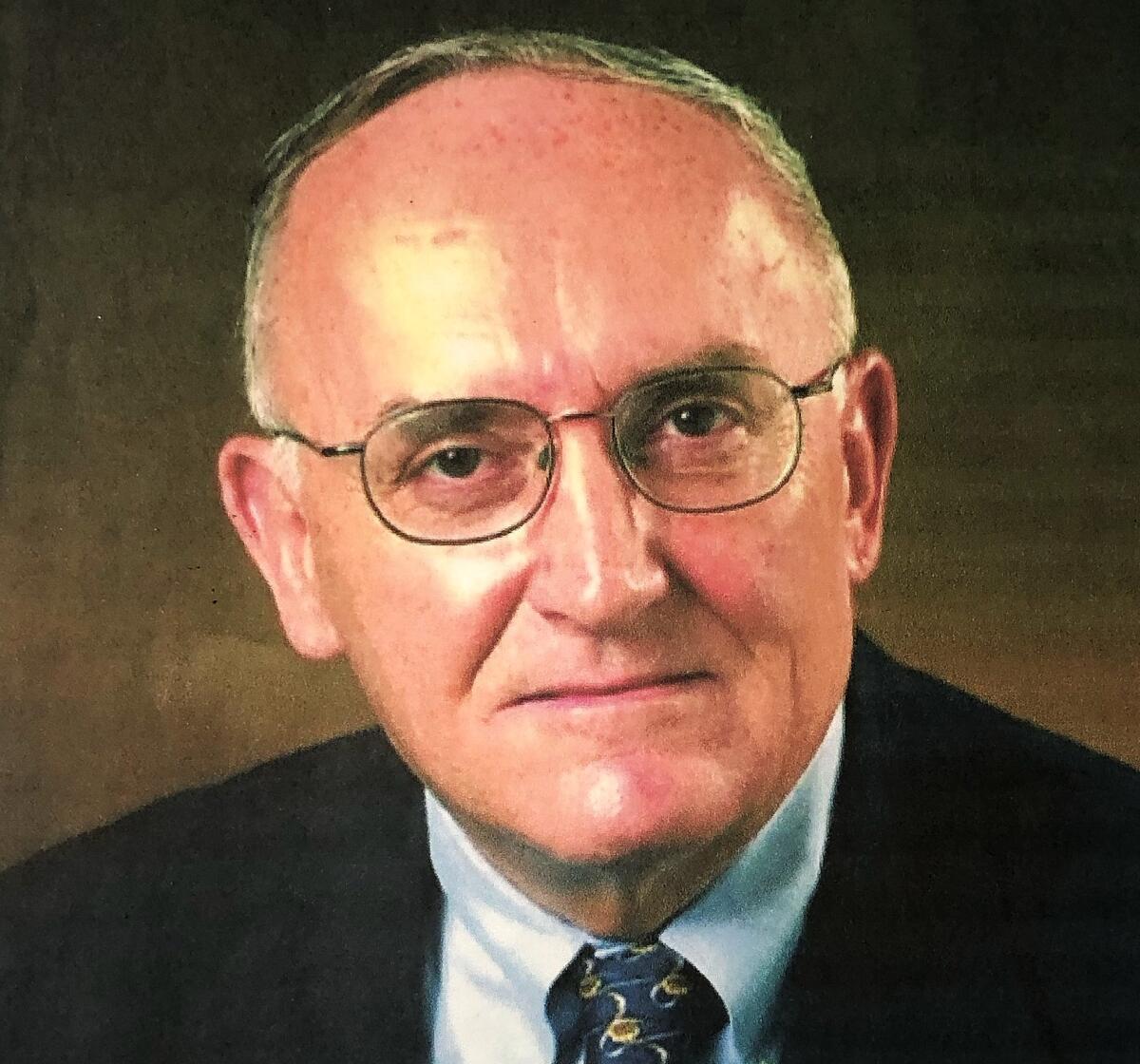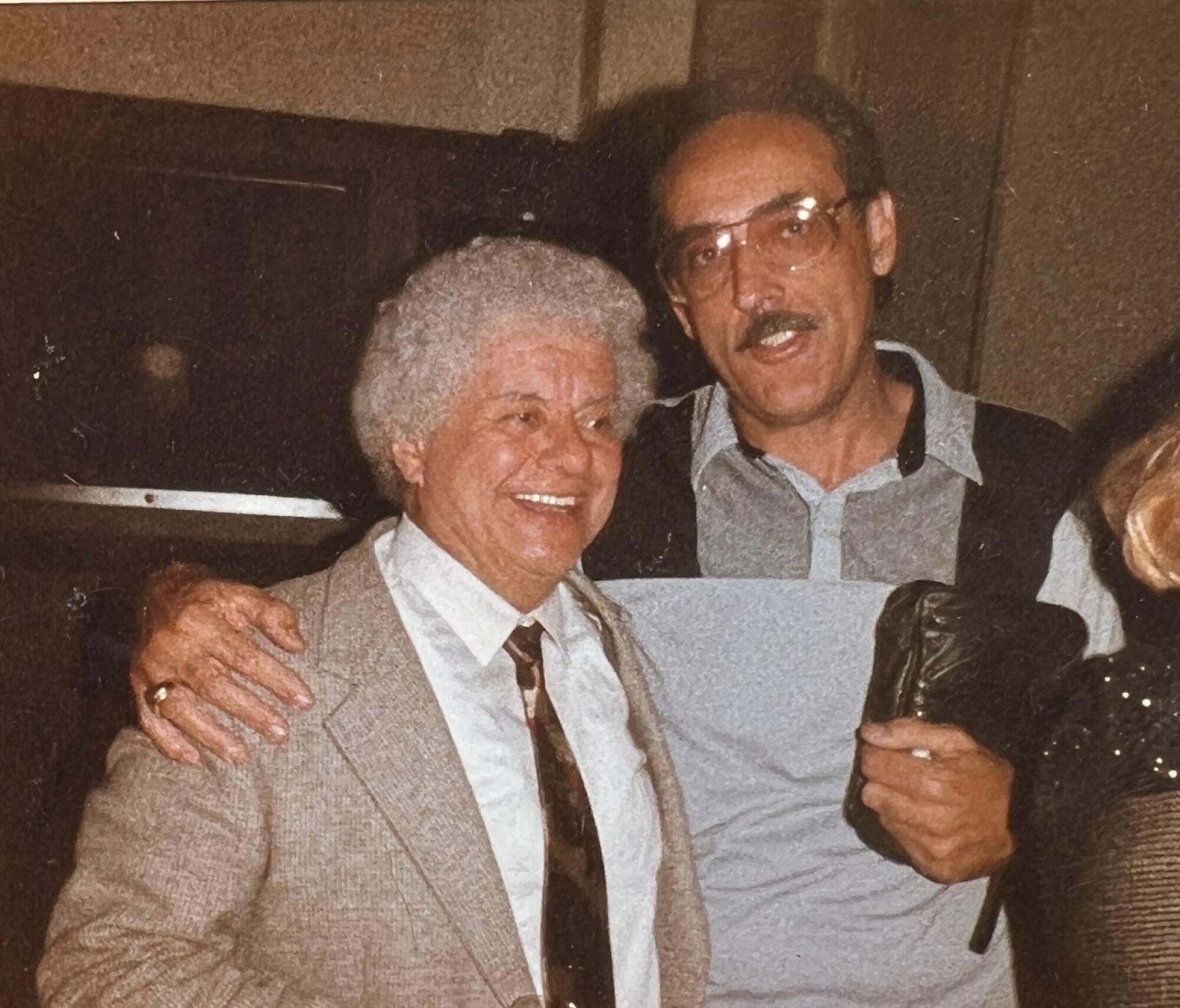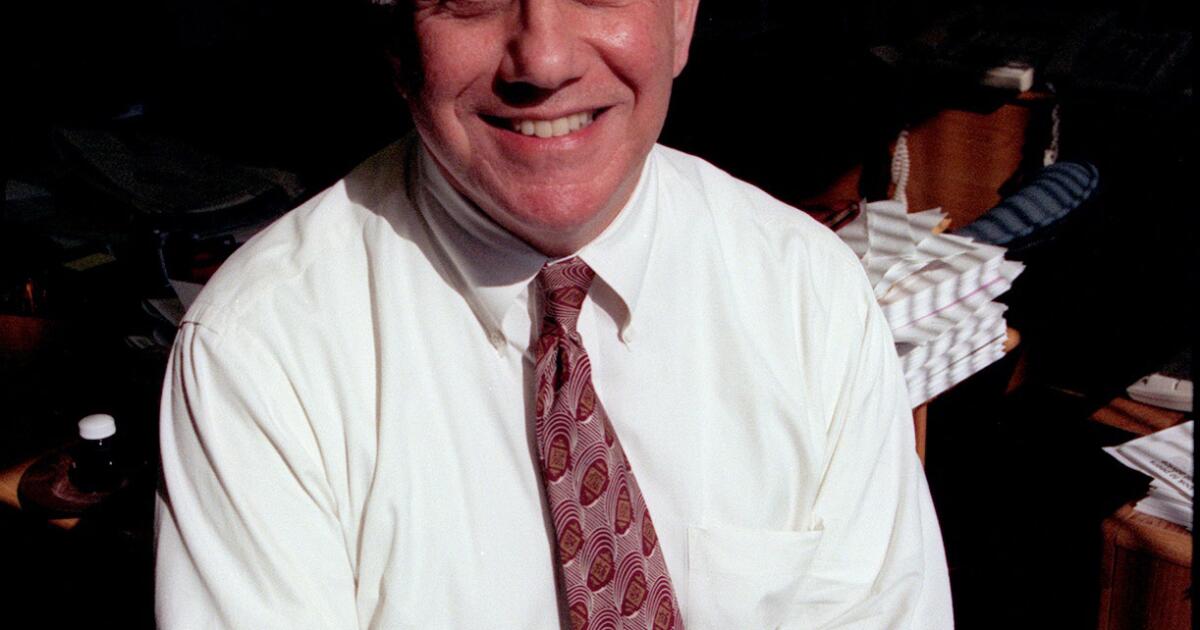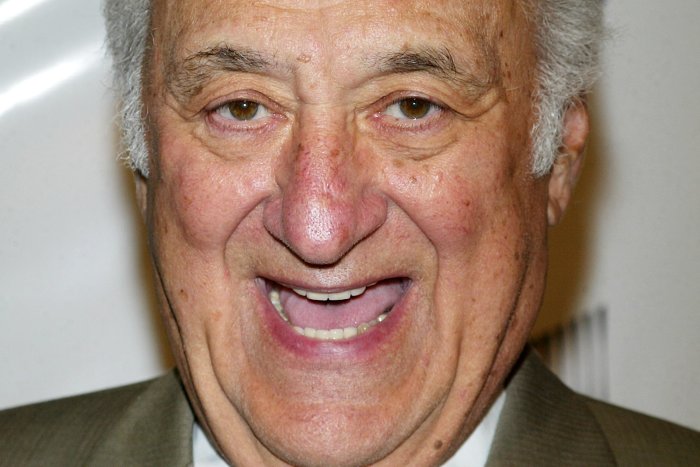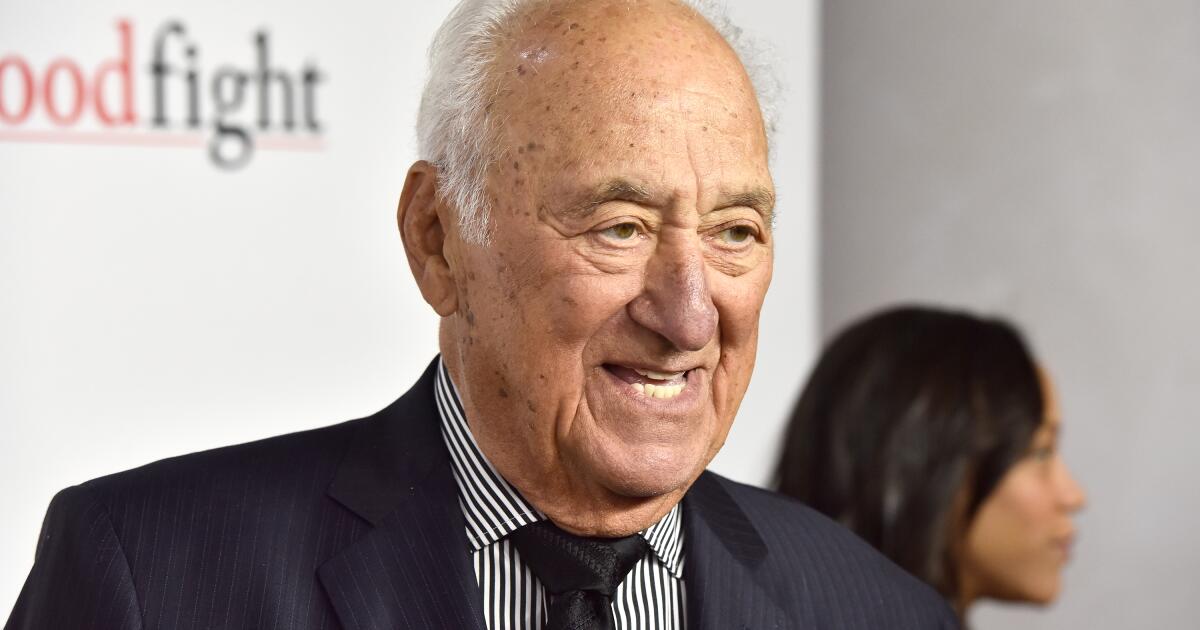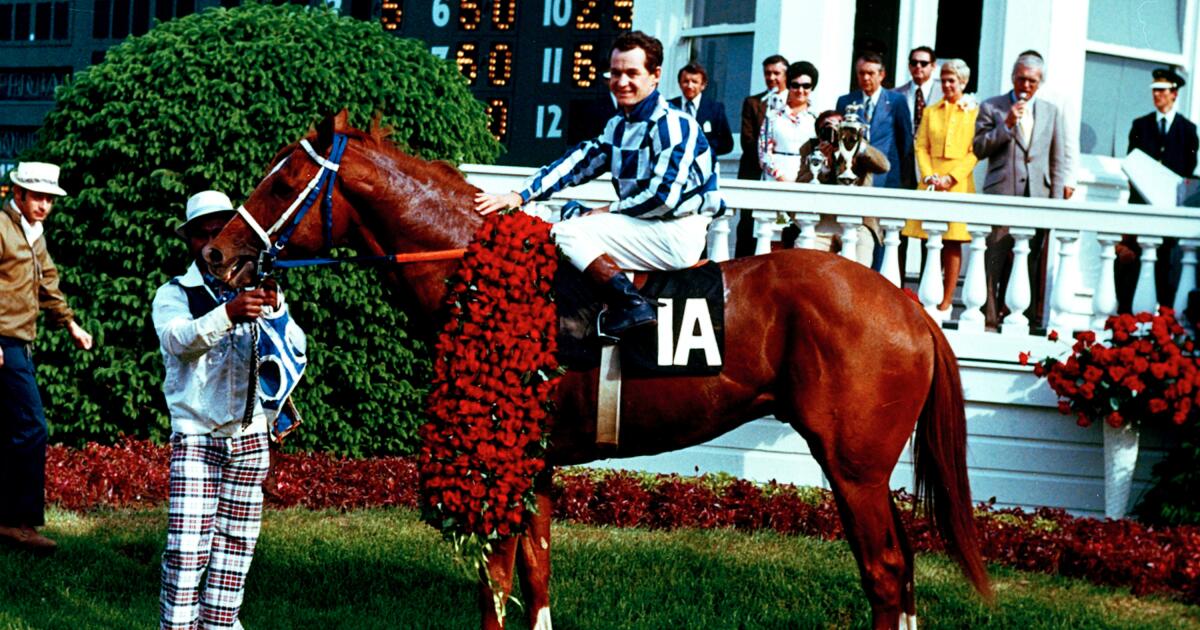Bill Christine, longtime horse racing reporter and author, dies at 87
Williard (Bill) Christine Jr., a multiple award-winning journalist who spent 23 years covering horse racing for the Los Angeles Times, died on Monday (Aug. 25) after being diagnosed with acute myeloid leukemia three years ago. He died at his home in Hermosa Beach, with family by his side. He was 87.
While Christine was known in Southern California as the Times’ voice of horse racing, it was really just the end of a storied career that saw him at seven different newspapers over 42 years that also contained a stopover in racing pubic relations.
Former Los Angeles Times reporter Bill Christine.
(Christine family)
He was the author of three books, one on Roberto Clemente, another on jockey Bill Hartack and one on a pair of songwriters. After leaving newspapers, he liked to investigate and write about true crime, especially in his hometown of East St. Louis.
Christine won Eclipse Awards for outstanding writing about horse racing, in 1984 and 2004. In 2000, he was given Walter Haight Award for career excellence in turf writing. He won the David F. Woods Memorial Award in 1991 and 1992 for his coverage of the Preakness Stakes.
He was also president of the National Turf Writers and Broadcasters, a group that also includes public relations people, from 1990 to 1992.
“Bill was an old school journalist,” said Mike Willman the former longtime media relations executive at Santa Anita. “He kept copious notes and was a contrarian by nature. He was fair and extremely knowledgeable.
“He really enjoyed being around the people in racing. You could take issue with something he wrote and then debate it and there was never any animus. I really respected him for that.”
Even after he retired, Christine would write emails to friends and colleagues recounting people and events from his career in racing and baseball.
Born in Illinois, he attended Southern Illinois Carbondale where he graduated in 1963 and wrote for the college newspaper. His first job out of college was at the East St. Louis Journal, where he covered baseball among other sports. After two years he moved to the Baltimore News American, followed by the Louisville Times, Pittsburgh Press, Chicago Daily News and Pittsburgh Post-Gazette, where he was briefly the sports editor.
It was then that he switched to public relations taking the top media job at Commodore Downs in Pennsylvania, followed by four years as the assistant to the executive vice president at the National Thoroughbred Racing Assn.
The Times rarely hires people from the public relations side, but then sports editor Bill Dwyre decided to take a chance.
“Bill Christine was my first hire as sports editor of The Times, and being the first, it was a big deal not only for me, but for people watching me and trying to figure out what I was thinking and how I would cover each sport,” said Dwyre, who later went on to cover horse racing for The Times.
Former Los Angeles Times reporter Bill Christine receives an Eclipse Award honoring his horse racing reporting.
(Christine family)
“It was 1981. I interviewed some of the best national turf writers, including Maryjean Wall, Jennie Rees and Jack Mann, as well as Christine. I knew Bill better than the others because I had been his roommate at API (American Press Institute). … I liked that Bill was a great story-teller and that his newspaper experience went beyond just turf writing — he had covered lots of baseball on deadline and had also been the sports editor of the Pittsburgh Post-Gazette.
“When he came to The Times, Santa Anita and Hollywood Park and Del Mar were booming and he worked tirelessly to give the sport the coverage it deserved.”
Bob Mieszerski, who has reported and handicapped horse racing in Southern California for many years and worked alongside Christine after Mieszerski came to the Times and added a full page of racing daily, echoed Dwyre’s sentiment about his abilities and presence.
“He was very welcoming to me when I joined the Times and I always appreciated that,” Mieszerski said. “He was a great storyteller and I Ioved hearing him recall anecdotes about different people — both in and out of racing — that he encountered.”
Dan Smith, the retired marketing and media head at Del Mar, remembers Christine for his very distinctive laugh.
“It was like ghee, ghee, ghee,” Smith said struggling to duplicate the sound. “It was very distinctive and very unique.
“He was also a big movie buff. He and his wife went to a lot of movies. And we loved to discuss movies. He followed all of that very closely.”
Christine was known for his strong opinions, which sometimes put him at odds with the people he covered.
Christine’s most notable feud was with Wayne Lukas, who didn’t speak to the reporter for several years after something Christine wrote.
“He wasn’t reluctant to discuss his opinions, which a lot of people didn’t agree with, but that was OK,” Smith said.
Dwyre, who would often change beats every year, once offered Christine the Dodgers job, arguably the best job in the department, because Christine had been complaining about needing something new. But in the end, Christine decided he would rather cover racing.
“He really knew his baseball and had a Hall of Fame ballot,” Willman remembers. “You might have your own opinion and if it disagreed with Bill’s, he had all the ammunition to show you why he was right.”
Even if Christine’s daily coverage was often buried on a page deep in the section, surrounded by handicapping and small-type results, Christine would rise to the occasion and give you a well crafted non-obvious story.
“I remember often doing critiques for my staff, especially those who had put out the previous morning’s paper,” Dwyre said. “I would hold up the sports section and ask which story that was in the section should have been on the front page and wasn’t. Invariably, it was a Christine horse racing story.”
The press box at Del Mar, named in honor of Dan Smith, has a wall where the pictures of deceased turf writers go.
“I guess his picture will go on the wall soon,” Smith said. “We’ve still got a few spots left and hope we don’t fill them anytime soon.”
Christine is survived by his wife of 43 years, Pat, and two twin daughters, Laura and Leslie, his first wife, Dianne, and stepson Chris.
Christine asked that his body be donated to USC for medical research. After the cremains are returned, there will be a small celebration of life.
